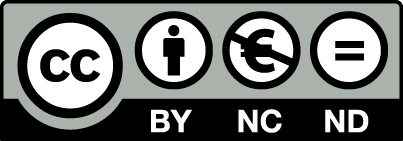During 2020, a method to provide stability to an initially unstable soil excavation was required in loose saturated soil. The initial slope angle was up to 45º to the horizontal, with saturated ground causing local slip failures and running sand into the excavation.
Due to space constraints, it was not feasible to construct shallow excavation slopes. The excavation was also surrounded by existing sensitive infrastructure including gas mains; therefore, it was not feasible to use reinforcement techniques such as soil nails, anchors, steel sheet pile walls, or a secant pile wall. To provide soil reinforcement to enhance slope stability, a system was designed that incorporated the construction of a permeable drainage stone key along the toe of slope, combined with aggregated cemented angular stone “columns” compacted orthogonally to the toe of the slope. This combined drainage and reinforced soil system met the economic budget for the client. To meet Eurocode 7 design standards, including appropriate partial safety factors, a PLAXIS 3D analysis was conducted. Furthermore, to reach a fully utilized safety case where the design stabilisation resistance exceeded the design destabilisation actions, the PLAXIS 3D unsaturated soil model that calculates effective stress in terms of Bishop’s definition (σʼ = σ – ua + χ(ua – uw)), was utilised.
As input to this model, a soil water retention curve for the clay soils was derived from the particle size distribution using data available from the site investigation. This ground stabilisation was successful, with stability maintained for the required two years until the infrastructure was ultimately constructed and backfilled.
The Open Access version of this proceedings has been made available under a Creative Commons Attribution-Non Commercial-No Derivatives (CC-BY-NC-ND) 4.0 license.
